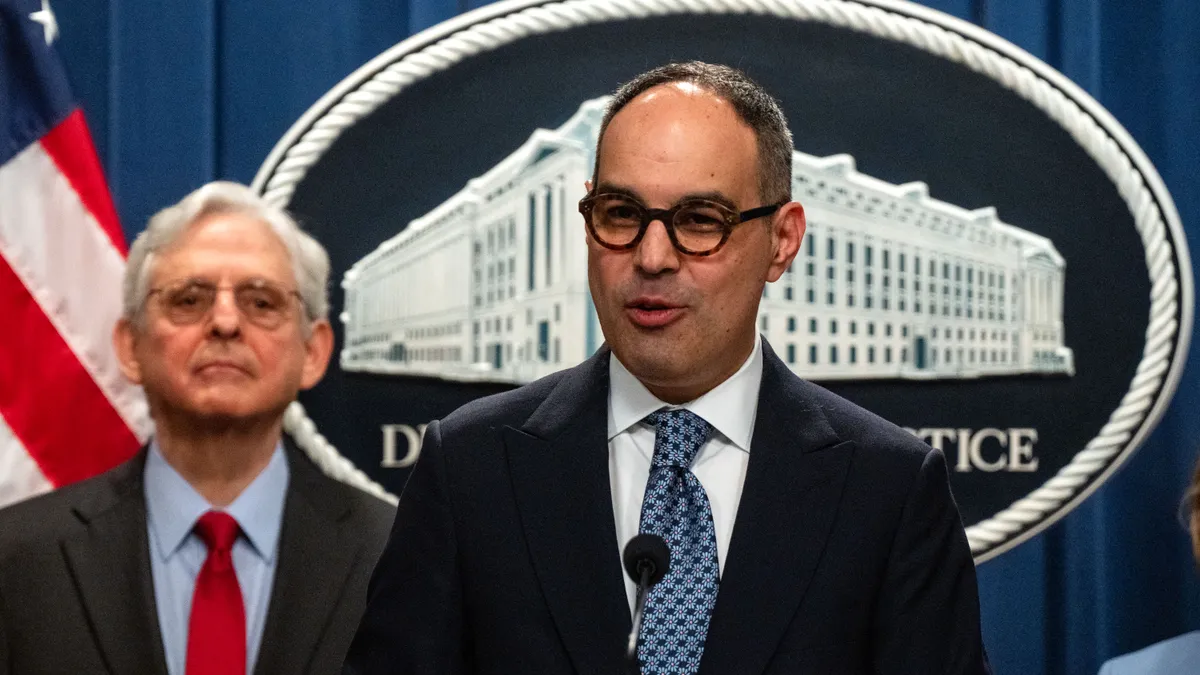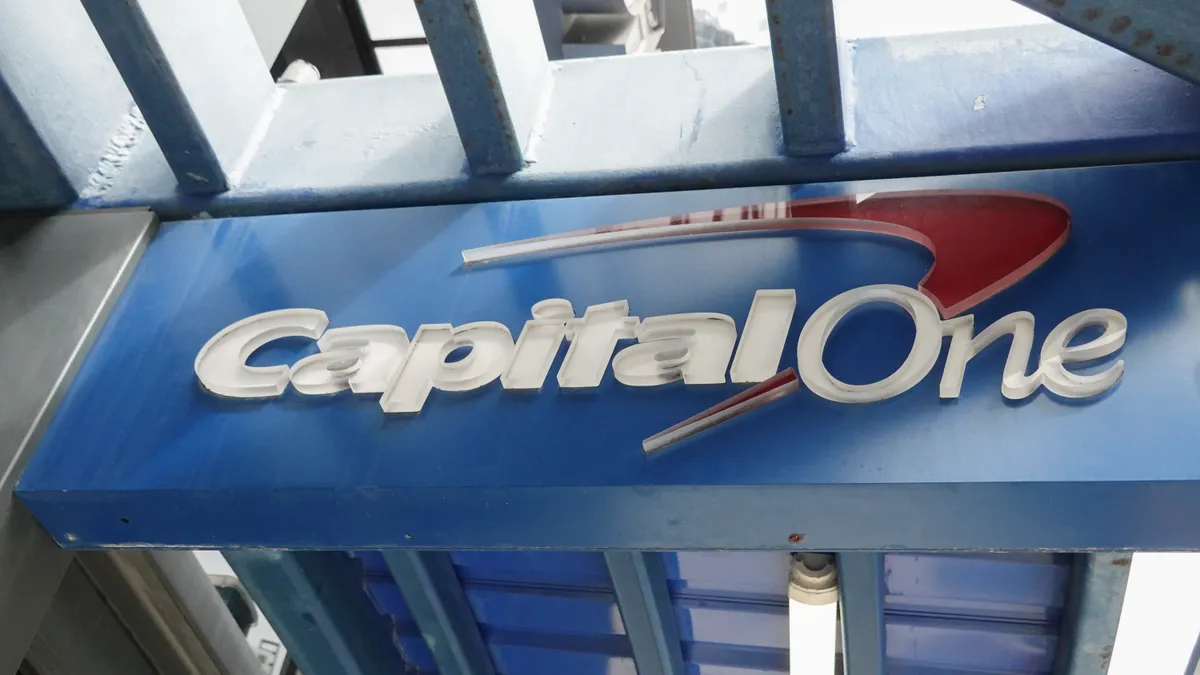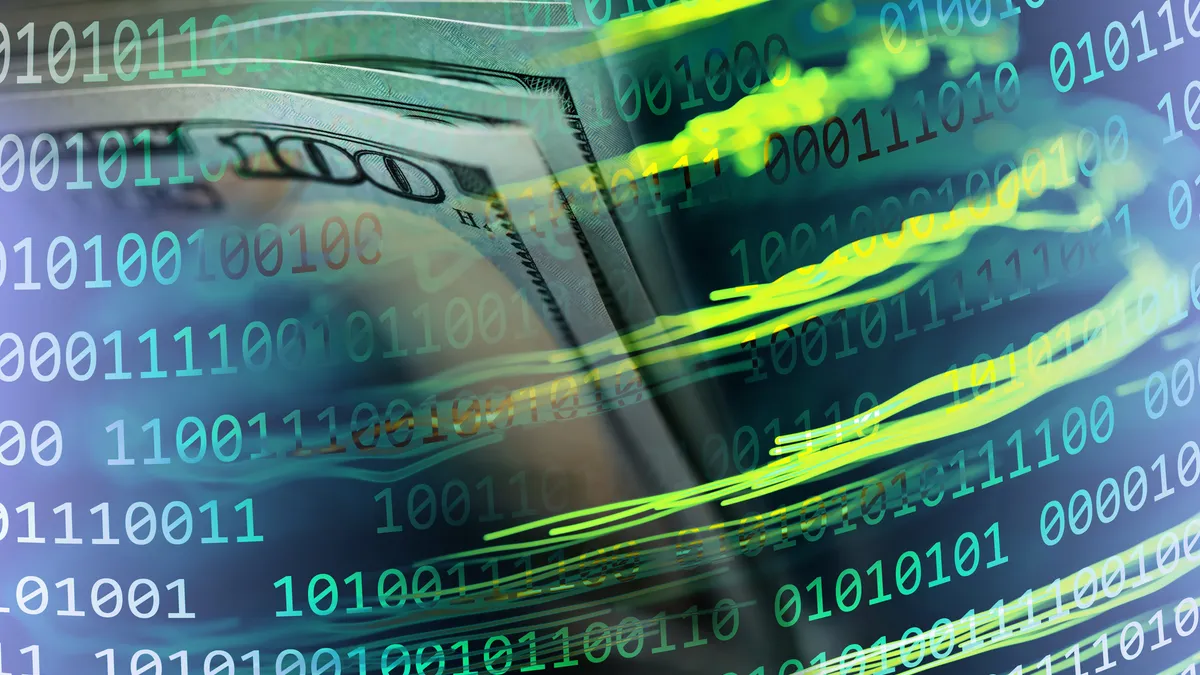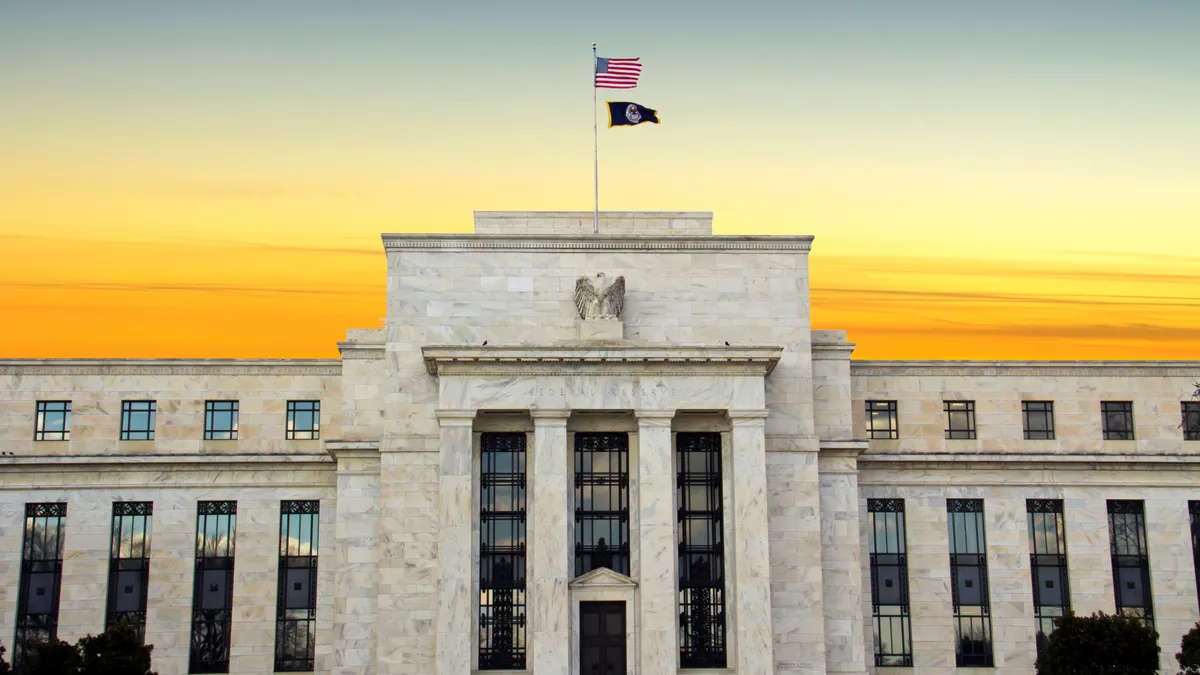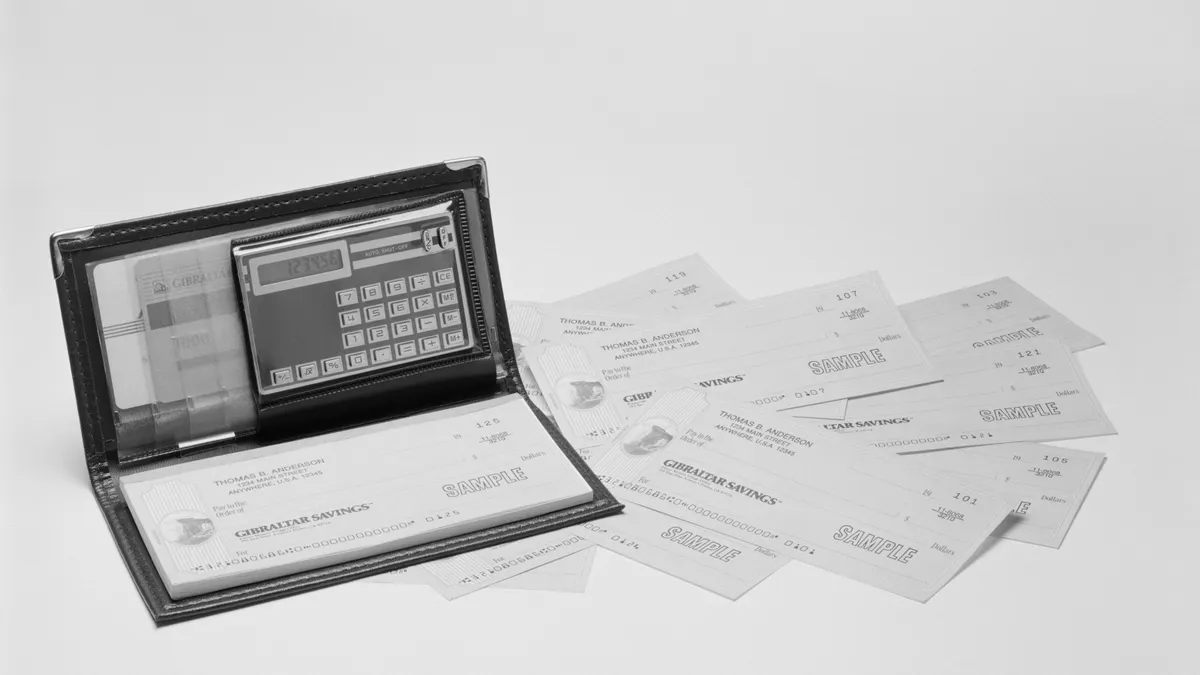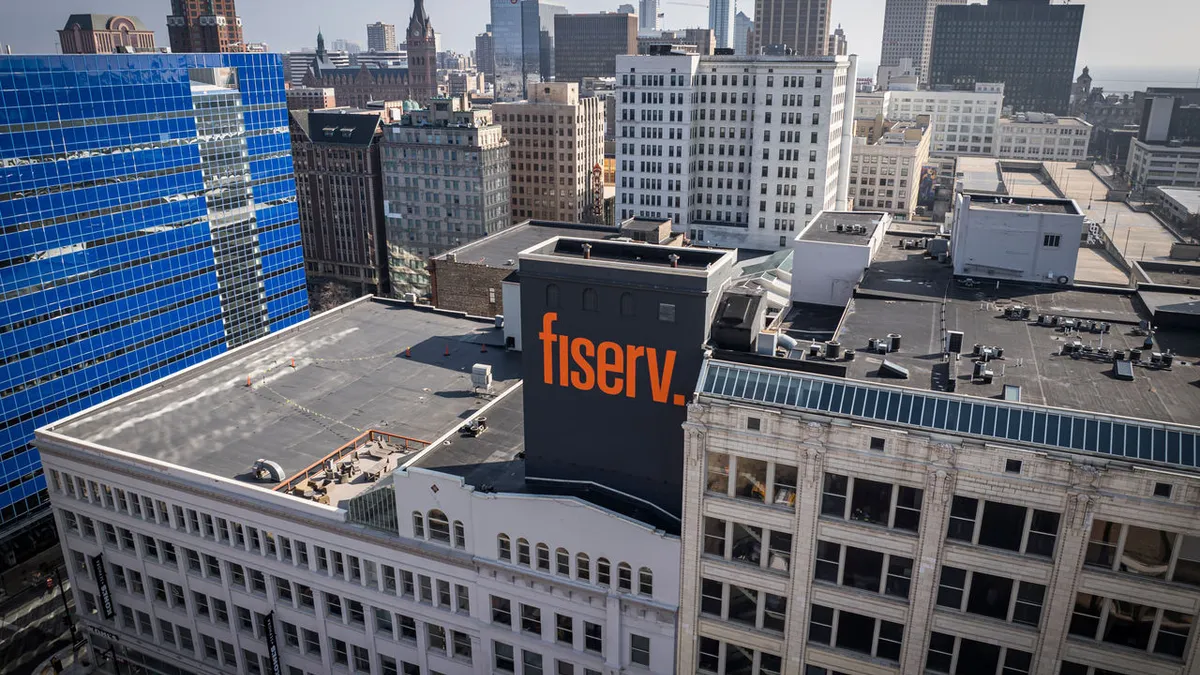Big and small companies alike rely on paper checks to do business and may continue to do so for years despite the federal government’s move to phase them out by September.
President Donald Trump signed an executive order late last month calling on federal agencies to shift to electronic payments for taxpayers’ refunds, Social Security benefits and vendor payments, among other disbursements.
The Trump administration reasoned that banishing the use of paper checks will reduce fraud and costs associated with the 20th-century tool.
When it comes to payments to individuals, the federal government has already made significant headway in reducing the use of paper checks.
The federal government pays 100% of its employees electronically; issues 99% of Social Security benefits without checks; sends veterans their benefits electronically 97% of the time; and issues 97% of tax refunds electronically, according to Nacha, which oversees the country’s main automated electronic payments system, also known as the ACH Network.
The U.S. Treasury Department originated 1.86 billion ACH payments worth $8.5 trillion last year, Nacha said in a March 26 release.
Nacha has long supported a move to electronic payments and applauded the Trump administration’s effort to push the federal government further into the electronic era. But U.S. businesses aren’t necessarily ready to follow suit.
Old ways die hard. When it comes to checks that’s been shown to be true by the Association for Financial Professionals, which surveys its treasury and financial professional members every year on issues like fraud and check use.
“I would say most of our members – the majority of businesses out there, have either moved off of checks, or expanded to digital payment methods, however, there are many that still use them,” Andrew Deichler, the association’s director of enterprise payments practice, said in an interview last week.
Some 75% of AFP members have persisted in using checks, and of those that have, 70% say they have no plans to stop using them while the other 30% expect to stop sometime in the next two years, according to results of a survey of members’ 2023 experiences by the organization and the bank Truist released last year. The survey was conducted in January 2024 and polled 522 practitioners, Deichler said.
The organization plans to release the results of a survey regarding members’ 2024 experiences later this month, and it’s not great news for progress in shifting away from checks. The results show that “even more respondents said they use checks than the previous survey and there was a higher percentage of respondents who have no plans to reduce check usage in the next two years,” according to a sneak peek from Deichler last month on the soon-to-be-released results.
That’s despite the organization’s surveys also showing that checks are vulnerable to fraud, and increasingly so in light of more mail theft, Deichler said. Business-to-business payments are affected too, he emphasized.
“The problem is that a lot of their suppliers, a lot of their business partners – typically smaller businesses – still rely on checks,” Deichler said. “They find them easy to use, they're used to them, everybody knows how to write a check.”
Not surprisingly, smaller businesses (those with less than $1 billion in annual revenue) use checks more often than larger ones (those with over $1 billion in annual revenue), according to the AFP survey results. About a third of those that do use checks are using them for more than a quarter of their payments.
Some of those businesses perceive checks as being safer, though Deichler argued that’s not really true. What clouds the picture is that there has been a proliferation of new digital payment options, such as real-time payments, with more media attention focused on fraud in those new areas than on the check fraud, Deichler contended. Checks are one of the easiest ways to commit fraud with payments, he said.
Nonetheless, Federal Trade Commission data is at odds with his view to some degree. The federal agency documented more fraud complaints last year with respect to electronic forms of payment than were cited with respect to checks, both in terms of the number of incidents and the value of money pilfered. There was $2.08 billion worth of fraud in 47,336 bank transfer payments last year compared to $225 million lost in 8,098 check frauds, according to reports analyzed by the agency.
To be sure, Deichler noted how his organization’s perspective is different. "The data we’re looking at from financial professionals’ perspectives is showing that fraudsters are targeting checks for the transactions that they use the most,” he explained.
Ultimately, the federal government’s migration away from checks may be the push that U.S. businesses need to do the same, Deichler said.
“Checks continue to be a constant fixture in the U.S. payments space, despite major efforts by industry stakeholders to move both businesses and consumers to digital methods,” Deichler wrote in a post on his organization’s website. “But with the federal government now making an even bigger push to reduce check usage, perhaps the United States is finally reaching the tipping point.”
Clarification: This story has been updated to make clear that the AFP’s survey of members’ experiences in 2023 was fielded in January 2024 with results released in 2024. The survey this year was regarding their 2024 experiences, with results due this year.







